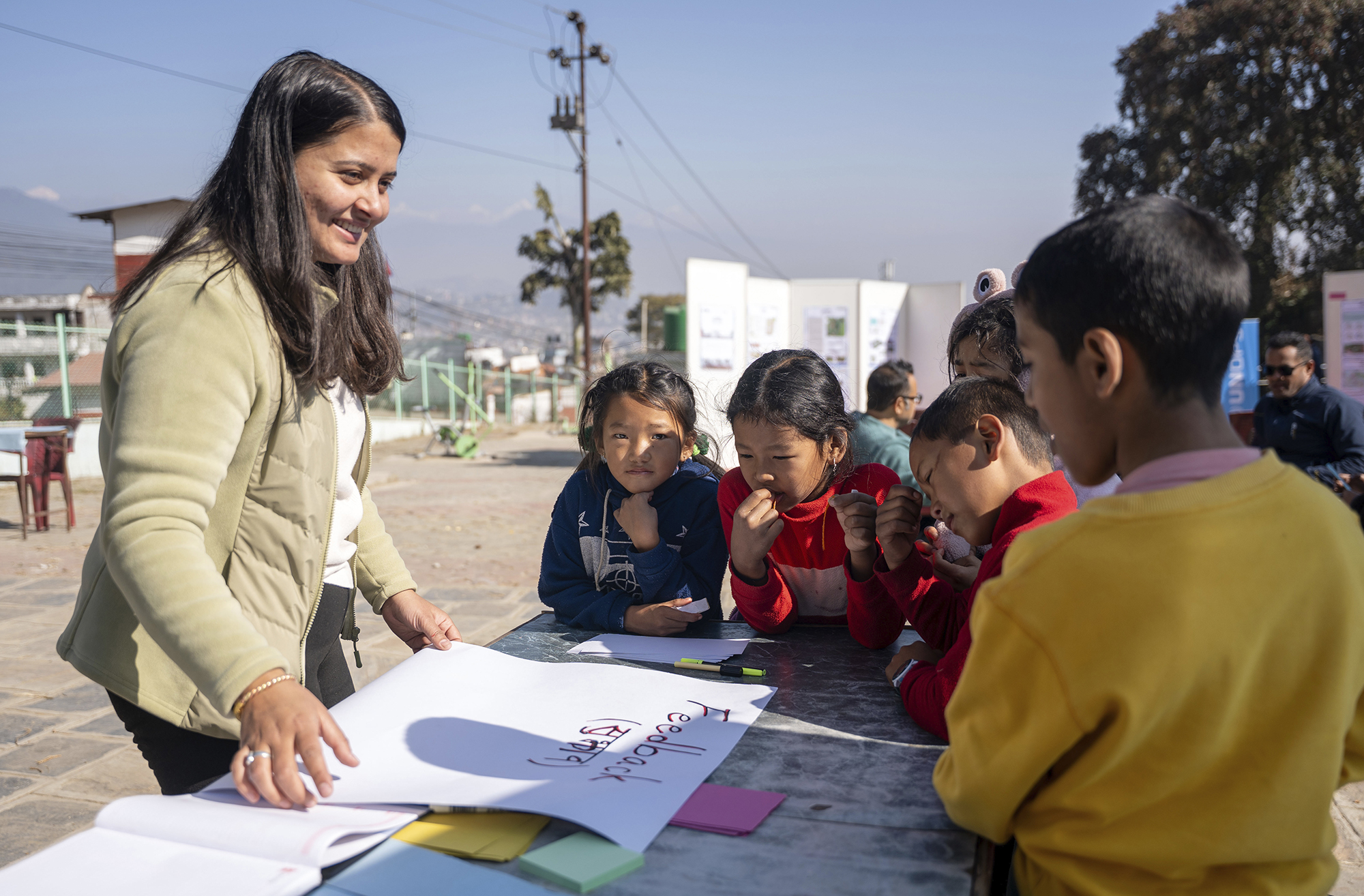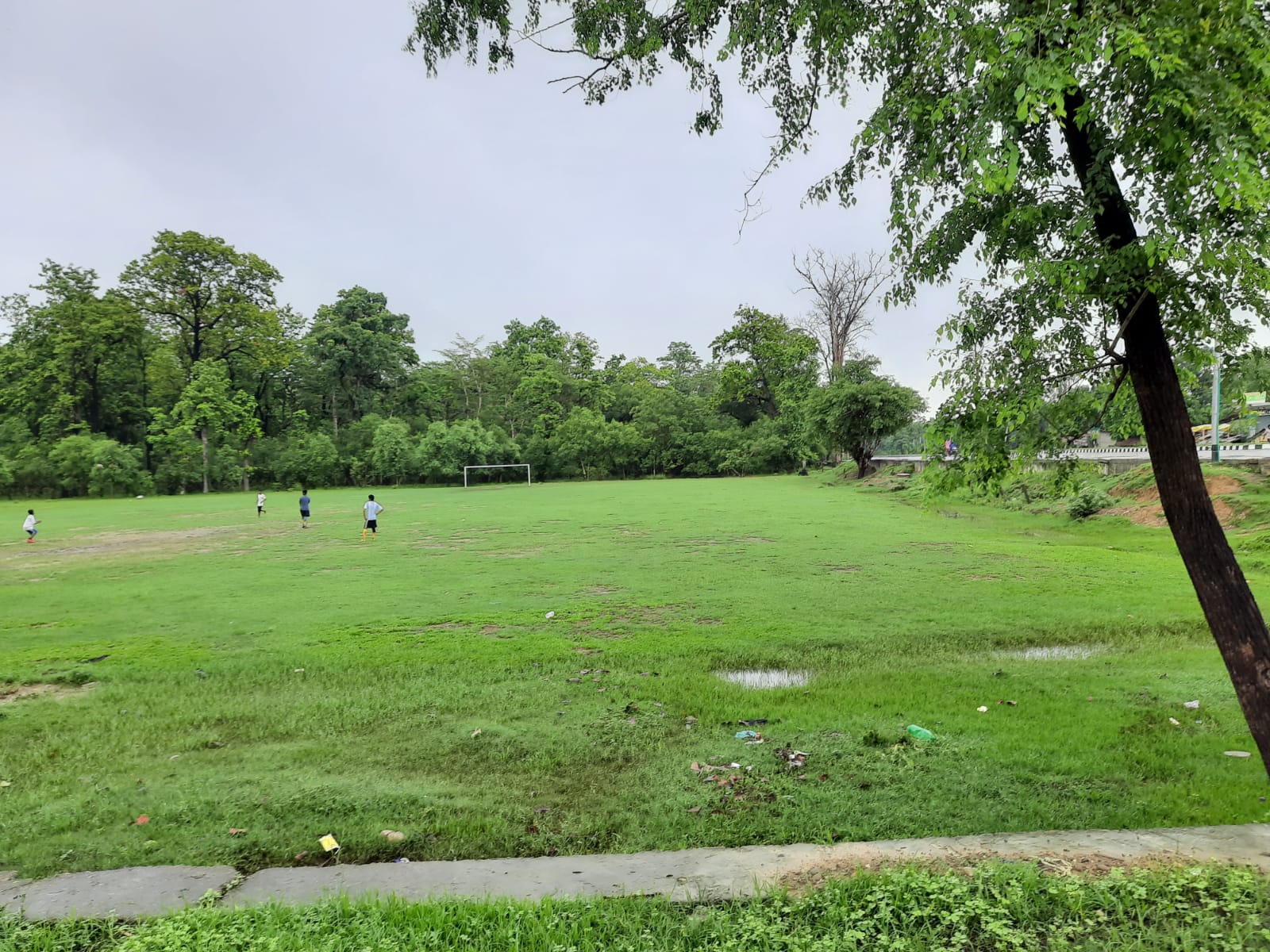By Marie-Alexandra Kurth and Lisa Reudenbach
Across Latin America, Asia and Africa, many city residents – between 30 and 80 per cent – live in informal and illegal settlements. Although they contribute significantly the economic growth of the city, they are often deprived of the most basic urban services: water, drainage and sewerage systems, as well as personal and tenure security.
Given the sheer numbers, how well cities include their informal populations will play a large part in shaping their shared future. When people are part of the city, with access to jobs and services, they can contribute to its productivity and growth. When they are not part of the city, neither can benefit.
But what makes cities inclusive? Cities are melting pots that bring together people with different cultures and backgrounds. Inclusion can take many forms, such as access to housing, public space, jobs and sanitation services. The Right to the City movement has raised important issues that are essential to ensuring that everyone has access to all parts of the city: defining the city, access to public spaces and services, women’s rights, and promoting gender equality.
The inclusivity gap is growing
Despite the many benefits of inclusion, the inclusivity gap is increasing in cities around the world, and cities are becoming more and more unequal. There are several reasons why this is happening.
People and social dynamics move much faster than national governments, cities and institutions can react. Most cities lack the capacity, institutional mechanisms, or even concepts for participation and inclusion.
European cities, for example, are not as inclusive as they seem, especially in light of recent radicalisation processes and increased violence. More and more, religion seems to be the first reference point for many citizens. This fairly new development took local governments by surprise, and most are not prepared to confront it.
In Asia, countries are becoming more centralised, rather than decentralised, and cities lack resources. Insufficient housing development is clearly a serious problem; cities do not have the required knowledge, capacities, resources, mechanisms, and land for local housing development programmes.
Another reason why the inclusivity gap is increasing is the existing financial system, which contributes to poverty. Big institutions and banks tend to only provide funds for large infrastructure projects without facilitating more equitable change. We need more social finance.
And we need to determine how best to balance the trade-off between social and environmental agendas, and how housing programmes and inclusivity programmes can foster low carbon development. The burden of these challenges often falls on the unhoused, who already struggle with the impacts of climate change and living in environmentally unsafe areas.
How can a city become more inclusive?
Inclusive cities were the topic of a recent workshop co-hosted by Cities Alliance and the Asian Coalition for Housing Rights (ACHR) at the German Habitat Forum in early June. Panellists from different backgrounds debated the issue, and the following key messages emerged:
Citywide change is only possible if we build new partnerships. To do that, cities need more knowledge about their residents – who they are, where they live, what they do, and their needs – to include them as active players. The Know Your City campaign by Shack/Slum Dwellers International (SDI) to enumerate informal settlements and give communities information to interact with local authorities is one example of how cities are finding ways to interact with their poorest residents.
People need the opportunity to act. Enabling is key. Providing seed funding for community projects and small businesses, as well as a legal framework, is necessary to empower local governments and their citizens to drive change in cities.
ALL citizens must be included. Inclusive development can only happen if all citizens are part of it, regardless of their legal and economic status. This helps citizens become actors within the city, rather than merely users.
An integrated approach. Who will finance inclusion? Are we promoting competing approaches, such as low carbon cities versus smart and innovative cities versus inclusive cities? Cities and development partners need to confront urban challenges in an integrated way.
With Habitat III coming up in October and a New Urban Agenda that will shape cities for decades to come, inclusion must be at the centre of the debate. The world’s cities cannot afford to continue ignoring their best assets: Their people.
Marie-Alexandra Kurth, Sr. Urban Specialist, and Lisa Reudenbach, Urban Specialist, manage the Cities Alliance Joint Work Programme for Habitat III, which focuses on advocacy to rally members around cities, formulate common key advocacy messages, and determine how best to disseminate them before Habitat III in 2016.




